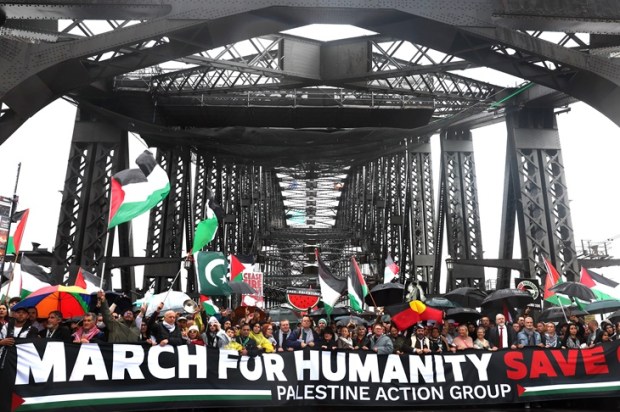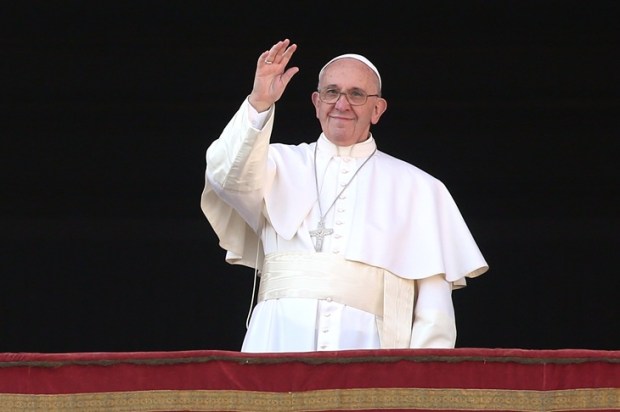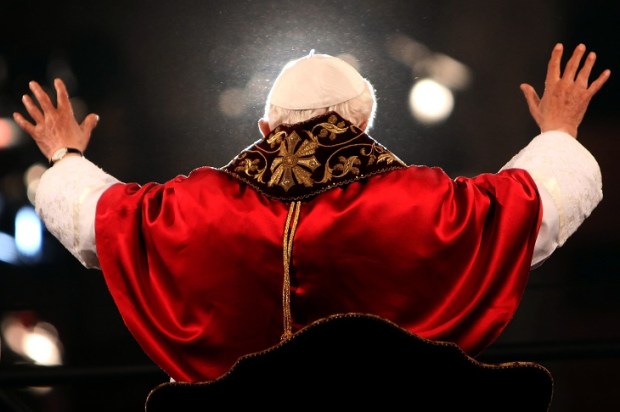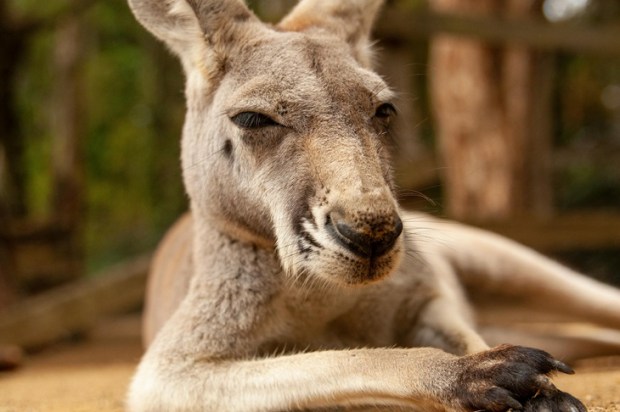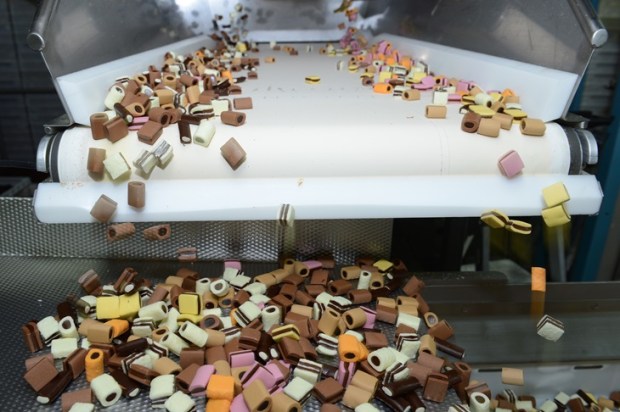Every time I encounter some egregious instance of bias on television ‘current affairs’ I think, ‘I was there when this sort of thing was only just beginning.’ That was in the early 1970s, during the Vietnam years, and it wasn’t, as it would now be invariably, on the ABC, but on a Melbourne television channel, HSV7, the property of the middlebrow ‘family-values’ newspaper group the Herald and Weekly Times.
Journalist Colin Crockford (not his real name) was a part of the New Zealand diaspora then and since crossing the Tasman to colonise Australia. Coming from New Zealand didn’t mean he was provincial – well it did, actually, even in the far from cosmopolitan, Melbourne of the era – but he thought he wasn’t. He was decked out in denim and wore a ‘Zapata’ moustache, drooping on either side, intended no doubt to proclaim an affinity with the ‘Beat’ poets and philosophers.
Fashionable leftism was just seeping in on campuses and in the media, though not in the program schedules of HSV7, whose transmissions relied on American family sitcoms where Pop was always the patsy – something now suspected of having contributed in its quiet way to the breakdown of American family life; Westerns, Perry Mason and Disneyland. The legally stipulated ‘local content’ consisted mainly of game shows; ‘variety’ productions with understudy-level chanteuses singing hits from Broadway musicals; the occasional play or police series where the sets quivered every time someone shut a door; and children’s programs where irritatingly precocious little singers and dancers performed in the style – a generation out of date – of Shirley Temple.
Crockford and producer-journalists like him – one thinks especially of the ABC’s Alan Ashbolt – were the Trojan horse in which leftism was sneaked into television production under the noses of a generation of executives who would have fallen on their swords rather than have anything ‘contentious’ appear on the screen. To leftist producers, this serene orthodoxy of community ‘values’ was ‘bourgeois’ and needed to be ‘challenged’. Crockford’s most blatant effort to do so was through a news program on which I was a writer and he producer. He engaged the services of a hippy ‘protest singer’ called Glen Tomasetti from the penumbrous candles-in-bottles world of ‘folk’ and espresso machines. Glen was a local version of the many frumps with guitars of the time who sought to emulate Joan Baez. Her song, denouncing or complaining about something, was the final ‘segment’ in the program.
Crockett, like Ashbolt, made no pretence to impartiality. When Jan from the switchboard advised that viewers had rung to complain, generally over some radical notion Glen had been wailing about, his response, delivered from beneath the Zapata moustache, was something of the order of, ‘F**k them, they’re fascists anyway…’
By this time, opportunities for reporters to take sides had been rolling in for several years. The first arrived in 1968, the year of the students’ contestation in Paris when pampered Baby Boomers had a wonderful time throwing paving stones at the police, building barricades in the time-hallowed fashion of French civil strife, and convincing themselves, incited by the oratory of sundry Marxist sociopaths, that they were creating a revolutionary new world, before going home to souper with papa and mama. As the black-and-white news film with commentaries attaching cosmic importance to these manifestations of spoiled brattery flickered on the screen in Australian loungerooms, a copycat home-grown version, though minus paving stones and barricades, sprang up almost overnight, inevitably with students, the one category in society then as now with unlimited time to rise up against whatever they’re protesting about at any given time. These protests were at their most intense at Monash University in Melbourne where a well-to-do mathematics undergraduate took the spotlight as a somewhat corpulent local Robespierre to egg them all on. (Nearly 60 years later, he is still at it. He describes himself as an anti-Zionist Jew, so he’ll be having a field day just now.)
All this was grist to the mill of wide-eyed journalists. The undergraduate was treated as a celebrity, interviewed with grave solemnity, and listened to as though the Maoist verbiage that issued from his lips were holy writ. It may be unfair to blame the reporters. In a television newsroom most of them were young, and although in their training courses they had been told about objectivity and impartiality, in the quietly secure Australia of that era they had never encountered revolutionaries who wanted to tear everything down. They gave the undergraduate (and the rest of them) an easy pass. They may well have sympathised, as an instance of youth against age, when the students ejected the bewildered liberal-minded fuddy-duddies who supposedly ran the university from their vice-chancellorial and professorial offices and occupied their comfortable chairs in a ‘sit-in’.
There was also the perennially potent imperative that Australia must be seen as taking its rightful place at the forefront of international affairs, summed up in the syllogism ‘modern countries have x; Australia is a modern country; therefore Australia must have x’. Student riots, race hate, or a national opera company – the formula is still the same.
With the ‘escalation’ of the Vietnam war, the Left effectively had won in television current affairs. The most loudly articulated public opinion, exemplified in the huge ‘moratoriums’ in capital cities that were given saturation coverage, was against the war, Australian involvement in it and conscription. By the early 1970s, television reportage and comment seldom reflected other than the leftist view on Vietnam. Returning soldiers – some leftists being nothing if not civilised – were spat at in the streets, while many news and current affairs staff from commercial television found a more congenial home at the ABC, whose once majestic impartiality was becoming a distant memory.


